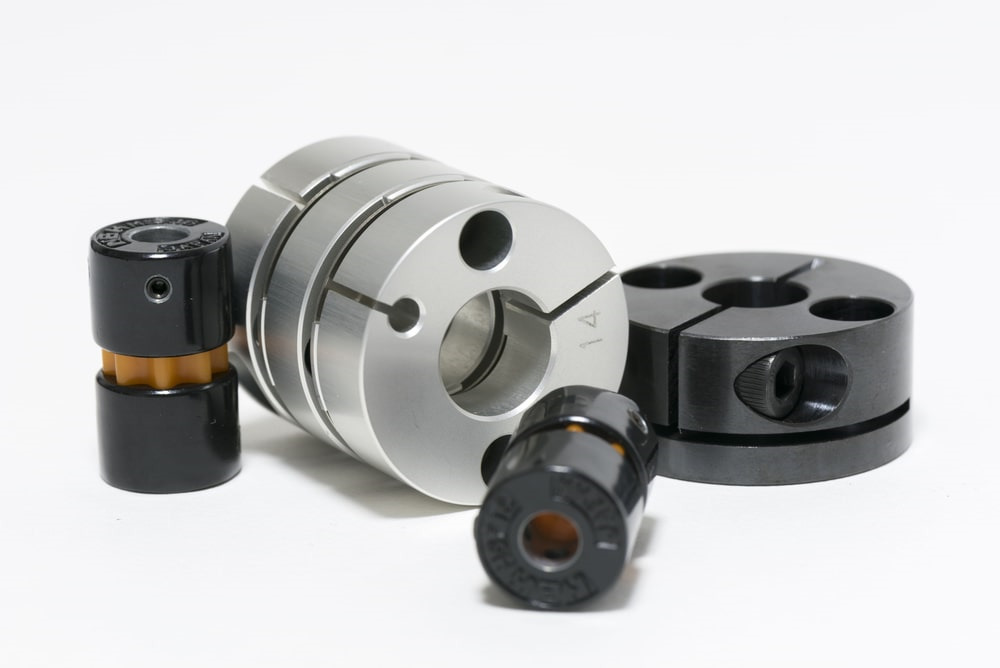About Shaft Couplings
A shaft coupling is a mechanical aspect that connects the travel shaft and driven shaft of a engine, etc., in order to transmit power. Shaft couplings bring in mechanical flexibility, providing tolerance for shaft misalignment. Consequently, this coupling versatility can reduce uneven use on the bearing, equipment vibration, and additional mechanical troubles because of misalignment.
Shaft couplings can be found in a little type mainly for FA (factory automation) and a huge casting type used for significant power tranny such as in wind and hydraulic electric power machinery.
In NBK, the former is named a coupling and the latter is called a shaft coupling. Here, we will discuss the shaft coupling.
Why Do WE ARE IN NEED OF Shaft Couplings?
Even if the engine and workpiece are straight connected and effectively fixed, slight misalignment may appear over time due to improvements in temperature and alterations over a long period of time, triggering vibration and damage.
Shaft couplings serve seeing that an important connect to minimize impression and vibration, allowing even rotation to end up being transmitted.
Flexible Flanged Shaft Couplings
Characteristics
These are the most famous flexible shaft couplings in Japan that comply with JIS B 1452-1991 “Flexible flanged shaft couplings”.
A simple structure made of a flange and coupling bolts. Easy to set up.
The bushing between the flange and coupling bolts alleviates the effects of torque fluctuation and impacts during startup and shutdown.
The bushing could be replaced simply by removing the coupling bolt, enabling easy maintenance.
Permits lateral/angular misalignment, and reduces sound. Prevents the thrust load from becoming transmitted.
2 types are available, a cast iron FCL type and a carbon metal?FCLS type Flexible Shaft Couplings
Shaft Coupling Considerations
In selecting couplings a designer 1st needs to consider motion control varieties or power transmission types. Most motion control applications transmit comparatively low torques. Power transmitting couplings, in contrast, are designed to carry average to excessive torques. This decision will narrow coupling choice somewhat. Torque transmission along with optimum permissible parallel and angular misalignment values are the dominant considerations. The majority of couplings will publish these ideals and using them to refine the search should help to make deciding on a coupling style a lot easier. Maximum RPM is another important attribute. Optimum axial misalignment may be a consideration aswell. Zero backlash is definitely a crucial consideration where feedback can be used as in a motion control system.
Some power tranny couplings are designed to operate without lubricant, which is often a plus where maintenance is a problem or difficult to perform. Lubricated couplings quite often require includes to keep carefully the grease in. Various couplings, including chain, gear, Oldham, etc., can be found either seeing that lubricated metal-on-metal kinds and as steel and plastic material hybrids where usually the coupling element  is constructed of nylon or another plastic-type material to get rid of the lubrication requirements. There exists a reduction in torque potential in these unlubricated forms when compared to more conventional designs.
is constructed of nylon or another plastic-type material to get rid of the lubrication requirements. There exists a reduction in torque potential in these unlubricated forms when compared to more conventional designs.
Important Attributes
Coupling Style
Almost all of the common models have been described above.
Maximum RPM
The majority of couplings have a limit on the maximum rotational velocity. Couplings for high-rate turbines, compressors, boiler feed pumps, etc. generally require balanced patterns and/or balanced bolts/nuts to permit disassembly and reassembly without increasing vibration during procedure. High-speed couplings can also exhibit windage effects in their guards, which can bring about cooling concerns.
Max Transmitted Horsepower or Torque
Couplings tend to be rated by their optimum torque ability, a measurable quantity. Electric power is certainly a function of torque moments rpm, thus when these ideals are stated it is often at a specific rpm (5HP @ 100 rpm, for example). Torque values are the more commonly cited of both.
Max Angular Misalignment
Among the shaft misalignment types, angular misalignment capacity is usually explained in degrees and represents the maximum angular offset the coupled shafts exhibit.
Max Parallel Misalignment
Parallel misalignment capacity is normally given in linear units of inches or millimeters and represents the utmost parallel offset the coupled shafts exhibit.
Max Axial Motion
At times called axial misalignment, this attribute specifies the utmost permissible growth between the coupled shafts, provided generally in inches or perhaps millimeters, and may be caused by thermal effects.